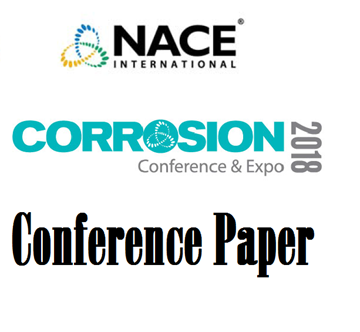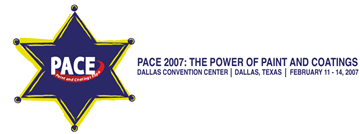Search
The Role of the Corrosion Engineer in Contributing Towards the United Nations Sustainable Development Goals
Also Purchased
51318-10832-Materials Stewardship: A Framework for Managing and Preserving Materials in the Circular Economy
Product Number:
51318-10832-SG
Publication Date:
2018
$20.00
Applying Lessons from Welding to Large Scale Metal Additive Manufacturing
Product Number:
MPWT19-15370
Publication Date:
2019
$0.00
Evaluation of Coatings and Linings for Wastewater Environments
Product Number:
41207-362-SG
Publication Date:
2007
$20.00




